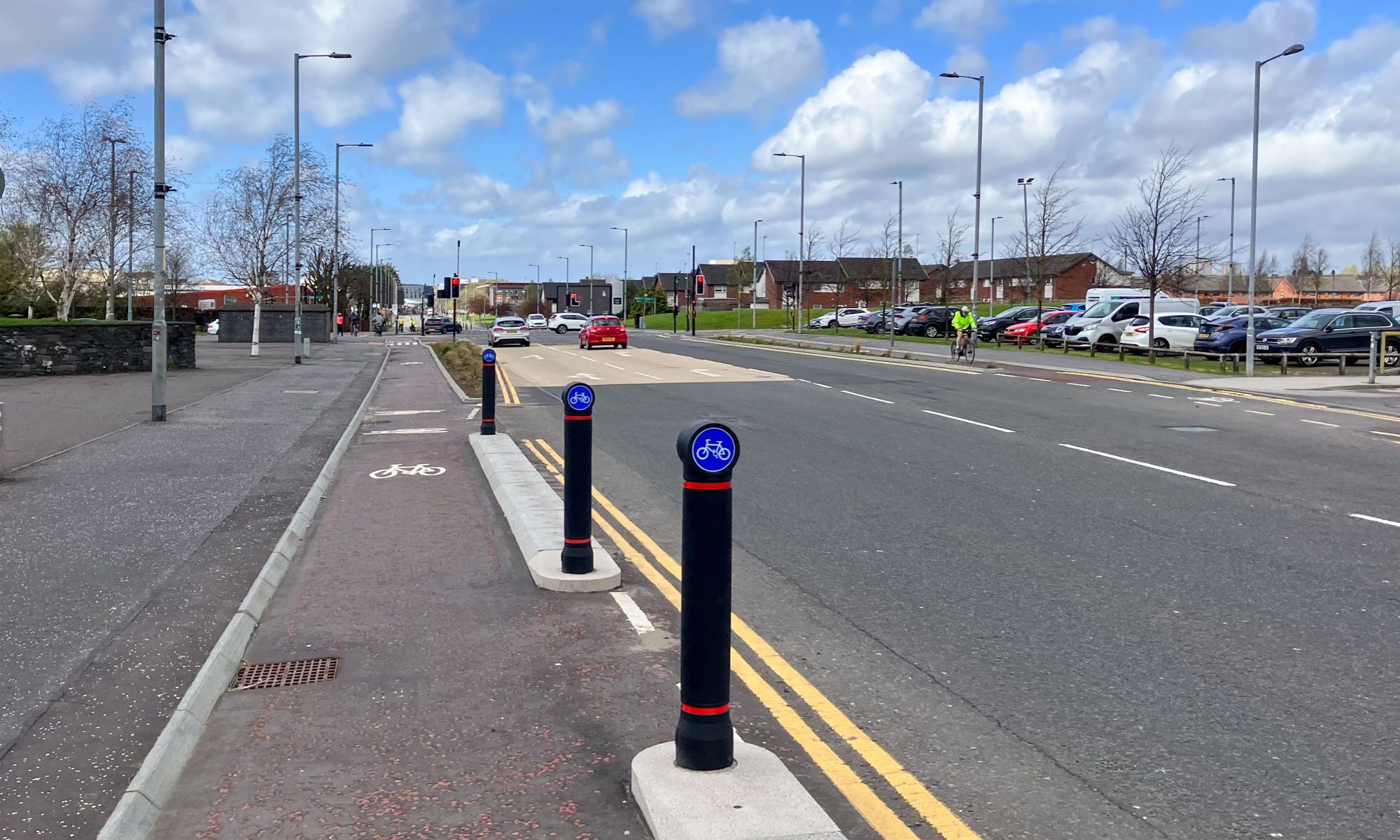GoBike committee member, Brenda, has turned her attention to the theory and practice of tactiles; you might remember that, just over a year ago, she gave us the conundrums of contraflow cycling? Now you can read, and learn, about tactiles.
Tactiles – those patterned square slabs set into pavements and paths – are there to give messages to people with visual impairments. Different patterns, different messages. Some of them carry messages about cycle infrastructure. Glasgow is using these incorrectly so often that using them at all is a waste of money. Read on to find out how and why.
Continue reading “Tales told by Tactiles”Like this:
Like Loading...










